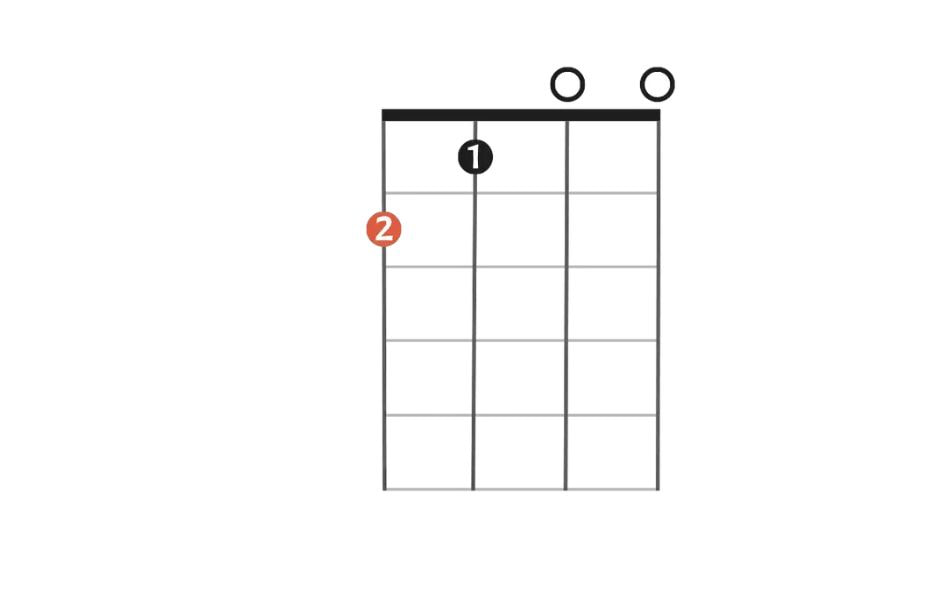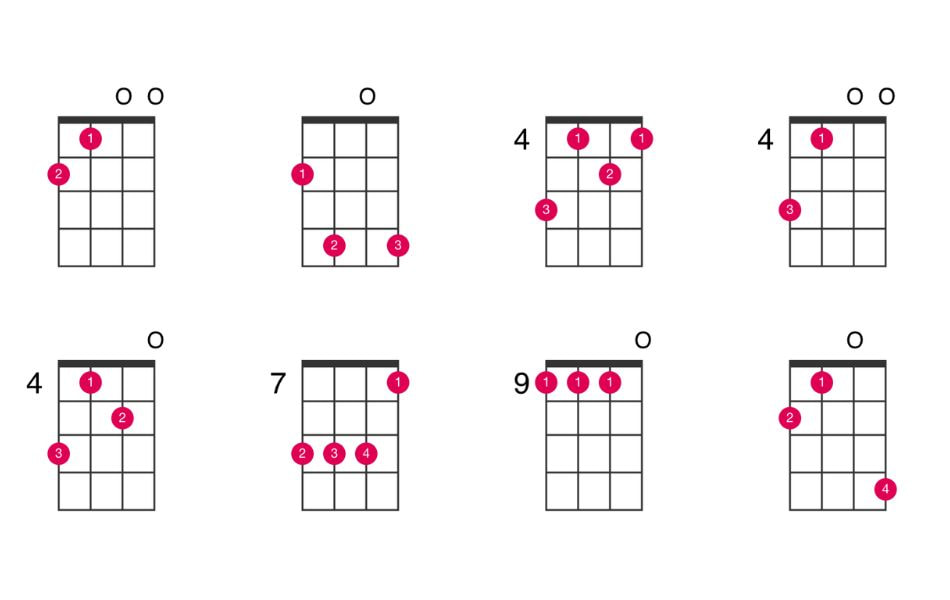How To Play A Major Ukulele Chord
Mastering the A major chord on the ukulele opens up a world of musical possibilities for beginners. In this guide, we'll delve into various aspects of this chord, offering a comprehensive video lesson demonstrating its execution, an illustrative A major chord chart, insights into fingerings and theory. Whether you're just beginning your ukulele journey or seeking to enhance your skills, understanding and mastering the A major chord is a crucial step forward.
Understanding of A major chord on ukulele
A major is one of the most basic and popular chords on the ukulele. This chord produces a bright and cheerful sound, suitable for various music genres from pop to folk. It's also one of the first chords that ukulele players typically learn because it's easy to play and blends well with many different songs.
Notes in the A major chord: The A major chord consists of three notes: A, C#, and E. These notes are derived from the A major scale, which has the following notes: A, B, C#, D, E, F#, G#, A. So, the A major chord uses the 1st (A), 3rd (C#), and 5th (E) notes of the A major scale.
Chord formula: The formula for a major chord is 1-3-5, meaning it consists of the 1st, 3rd, and 5th notes of the corresponding major scale. In the case of A major, it's A (1), C# (3), and E (5).
How to play A major ukulele chord
To play an A major chord on the ukulele, you typically place your fingers on specific frets of certain strings. The most common fingering for A major on the ukulele is to place your index finger on the 1st fret of the 3rd string, middle finger on the 2nd fret of the 4th string, and ring finger on the 2nd fret of the 2nd string. This finger positioning allows you to play the A, E, and A notes, forming the A major chord.

Some variation of A major ukulele chord
This variation creates a higher-pitched inversion of the A major chord, offering a different tonal quality and voicing compared to the standard fingering. Experimenting with various chord shapes like this can add depth and versatility to your ukulele playing.

In conclusion, mastering the A major ukulele chord opens up a world of musical possibilities. Whether you're a beginner learning the basics or an experienced player seeking to enhance your repertoire, understanding the various ways to play this chord allows for creativity and expression in your music. By experimenting with different fingerings and fretboard positions, you can discover unique sounds and textures that complement a wide range of songs and styles.






